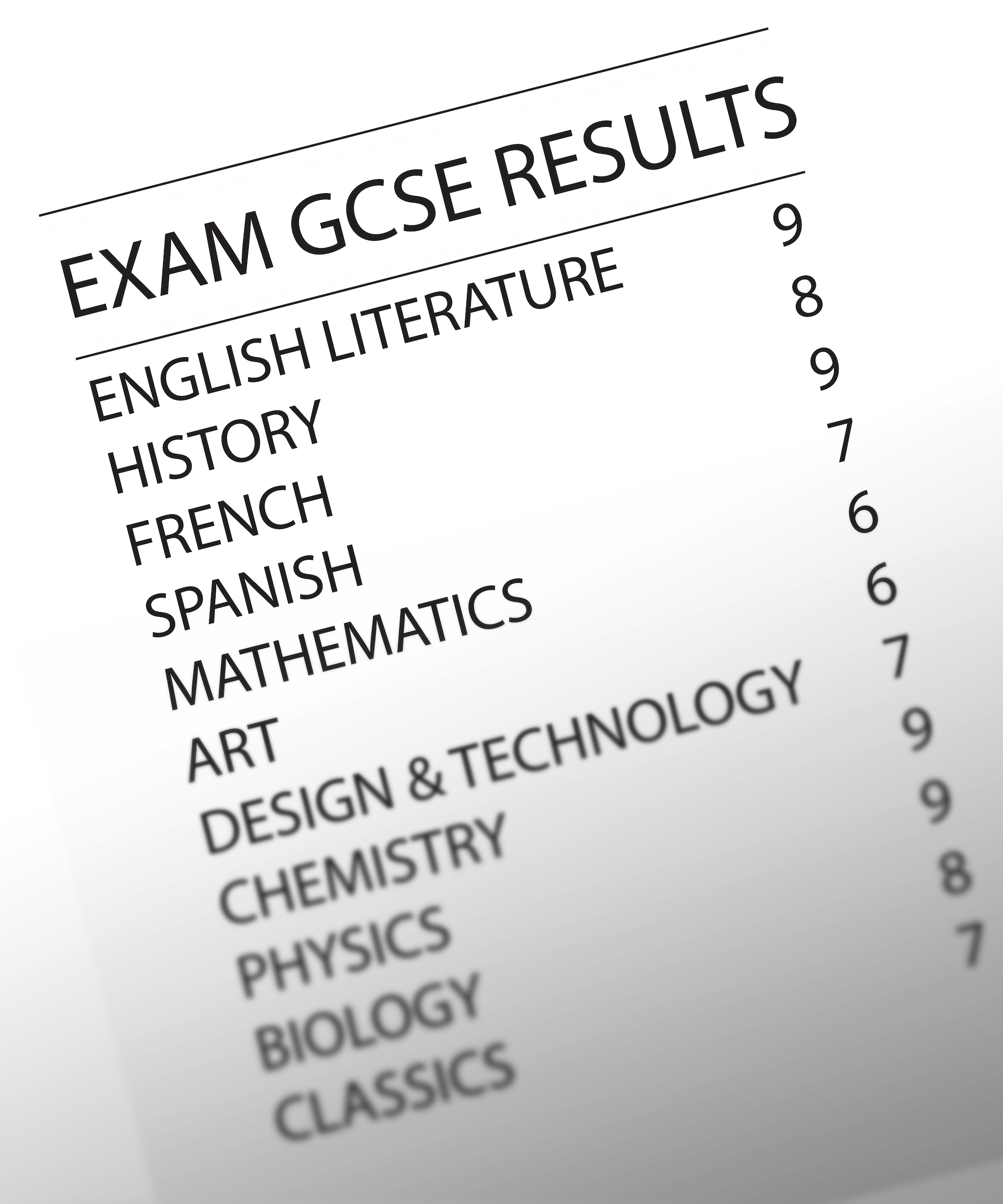GCSE Grades Explained: A guide for parents and students
27.01.23
In England GCSEs are now graded using a numerical system running from 9-1, rather than A* to G – a system that had been in place since GCSE Grades replaced the old ‘O’ Levels in the late 80s. This has caused – for parents and students alike – a fair amount of confusion. Many ask questions, such as: What do these numbers mean? What is a Grade 9 equivalent to? What is a pass at GCSE?
But, have no fear… TutorRight are here to answer all these questions and more with our handy guide ‘GCSE Grades Explained: A guide for parents and students’.
So, without further ado, let’s get explaining…
When and why were GCSE grades changed?
Before we get started, it makes sense first to explain when and why the GCSE grades were changed.
The new numerical grading was introduced as part of a wider curriculum overhaul carried out by the Conservative government in 2014 by the then-Education Secretary, Michael Gove. It was perceived that too much emphasis had been placed on GCSE coursework. The reformed examination system sought to make the GCSEs more challenging and to make almost all subjects assessed by final exams taken after two years of study. This replaced the old model of assessment which favoured regular assessments through a series of modules.
It was argued that the new numerical scale recognised “more clearly the achievements of high-attaining students.” This is because the additional grades created allow for greater differentiation. Essentially, students can now gain ‘higher’ levels of each grade, instead of simply a standard grade. All exams now contain more extended writing, essay-style questions. It was also explained that the move to numbered grades would make it clear to employers that students had taken the more challenging GCSE.
The new reformed GCSEs were introduced gradually between 2017 and 2019, beginning with English and Maths. By 2020, all GCSEs had adopted the new number graded system.

What are the new grades?
The highest grade is now 9, with 1 being the lowest. The U grade, meaning “ungraded”, remains the same.
The number scale is not directly equivalent to the old letter one. However, the two scales do meet in certain places:
- the bottom of the new grade 7 is equivalent with the bottom of the old grade A;
- the bottom of the new grade 4 is equivalent with the bottom of the old grade C;
- the bottom of new grade 1 is equivalent with the bottom of the old grade G;
- three of the new number grades – 9, 8 and 7 – correspond to the two previous top old grades of A* and A.
What do pupils need to pass their exams?
A grade 4 is a standard pass and a 5 is a ‘strong’ pass. Technically, a student who gets all grade 4s has passed all their exams. However, school league tables are based on the percentage of pupils who achieve a grade 5 or above in English and Maths. Also, bear in mind that many sixth forms and colleges will ask for 5s in certain subjects as an entry requirement – although this varies, and most schools and colleges are quite flexible.
What is a GCSE Point Score?
You may have also heard about something called a ‘GCSE Point Score’. Again, like league tables, these are more of a concern for school leaders than individual students, as they are measurements the government uses to judge schools by. However, just so you know, your GCSE Point Score is basically your average grade over all your GCSEs. So, if you took 10 GCSEs and achieved a Grade 8, 5 Grade 7s; 2 Grade 6s, and 2 Grade 5s, your average point score would be 6.5. With a Grade 5 being a ‘strong’ pass, any point score above 5 would be considered strong.
Finally – in old money – a Grade 7 is the equivalent of a Grade A. A Grade 6 is just above an old Grade B. Grade 5 is between a B and a C; and Grade 4 is equivalent to a Grade C.
Get in touch if you’d like a tutor to help your child reach their GCSE potential.





